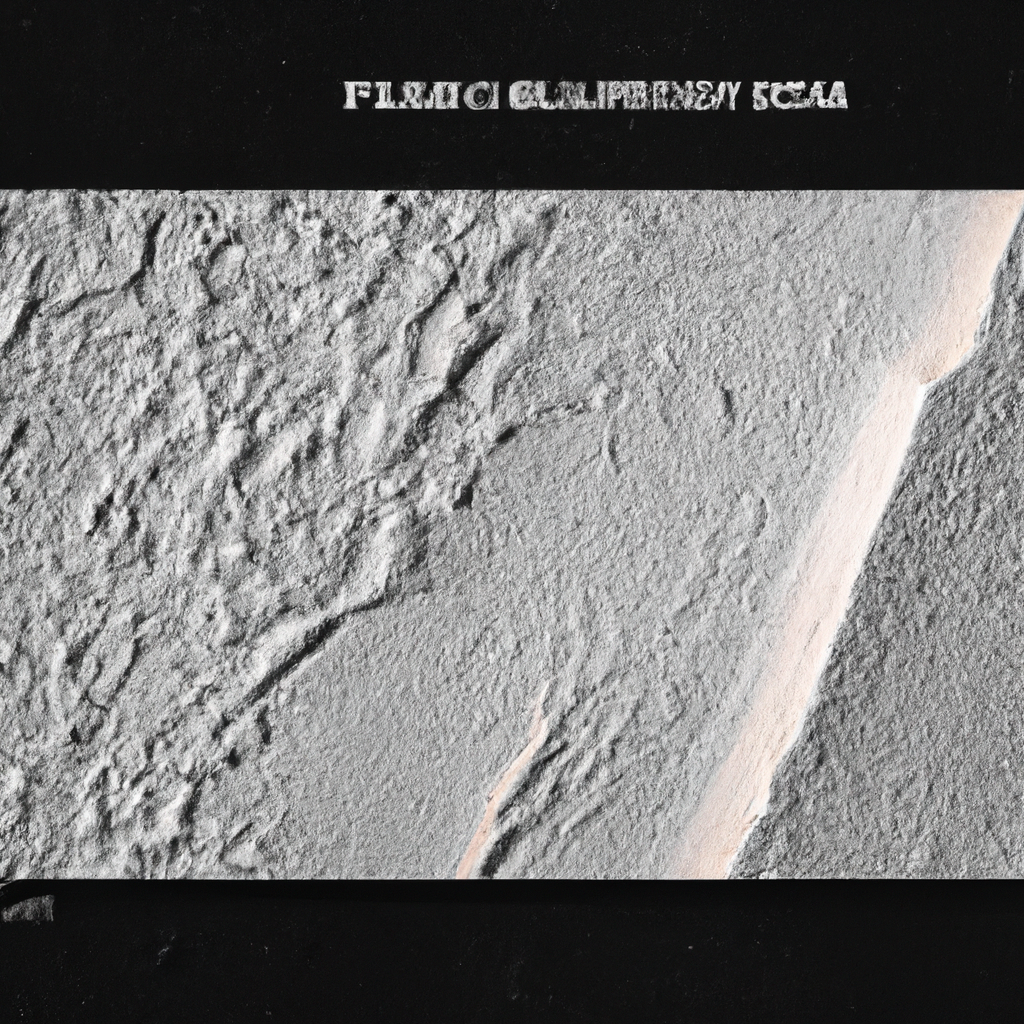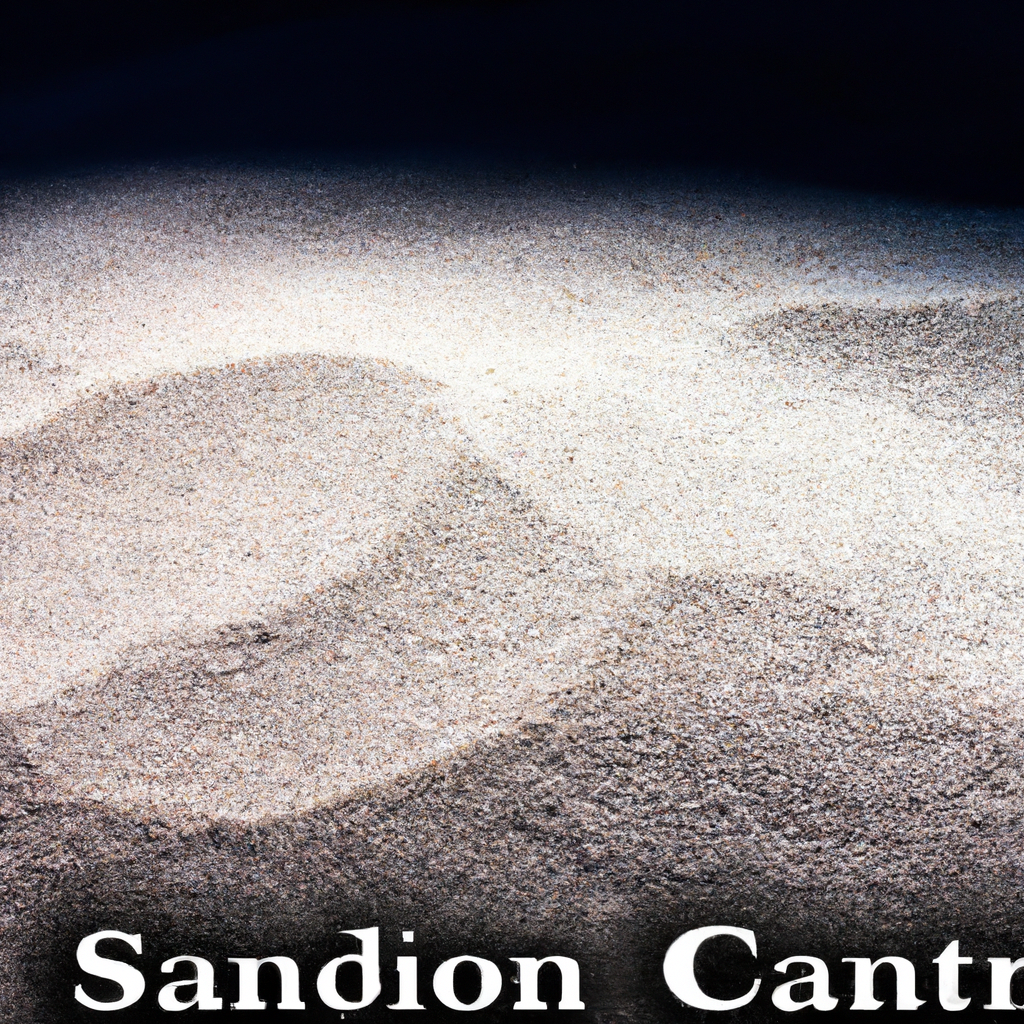Picture yourself lounging on a pristine beach with powdery white sand that stretches for miles, glistening under the warm sun. You may find yourself wondering, “Why is the sand so white in Panama City Beach?” The answer lies in the unique geological characteristics and pristine coastal environment of this captivating destination in Florida. As you uncover the secrets behind the brilliant white sand, you’ll gain a deeper appreciation for the natural wonders that make Panama City Beach a true paradise for beach lovers.

Climate
Weather patterns
The climate of Panama City Beach is characterized by its warm and sunny weather, typical of a tropical climate. The city experiences hot summers and mild winters, making it an ideal destination for beachgoers year-round. The consistent high temperatures and ample sunshine contribute to the development of the white sandy beaches that the area is famous for.
Rainfall and erosion
Panama City Beach receives a significant amount of rainfall throughout the year. These frequent rain showers play a vital role in shaping the coastal landscape and the unique white sand. The rainwater carries mineral-rich sediment from inland areas and rivers and deposits it along the shoreline. Over time, these sediments contribute to the formation of the beautiful white quartz grains found on Panama City Beach.
Geology
Formation of quartz grains
The stunning white color of the sand in Panama City Beach can be attributed to the presence of quartz grains. Quartz is a mineral commonly found in the Earth’s crust. Over millions of years, rocks containing quartz erode and break down into smaller particles. These particles are then transported by the actions of water, wind, and ice, eventually reaching the coastline of Panama City Beach.
Deposition and compaction
Once the quartz particles reach the beach, they are deposited and accumulate over time. As the waves crash onto the shore, they bring in new sediments, which mix with the existing quartz grains. This continual process of deposition and mixing contributes to the gradual buildup of pristine white sandy beaches. Over time, the weight of the sediments and the pressure exerted on them lead to compaction, creating the firm and powdery texture commonly associated with Panama City Beach’s sand.
Sea Life
Coral and shell fragments
The vibrant sea life surrounding Panama City Beach also plays a role in the formation of its white sand. Coral reefs and shellfish inhabit the coastal waters, and their remains, including coral fragments and shell pieces, contribute to the overall composition of the sand. Over time, these organic materials break down into smaller particles and mix with the quartz grains, further enhancing the beach’s white appearance.
Microorganisms and algae
Panama City Beach’s white sand owes its pure color and fine texture partly to the presence of microorganisms and algae. These microscopic organisms secrete calcium carbonate, which is a white compound. When these organisms die, their remains become part of the sand, adding to its unique qualities. The combination of quartz, coral and shell fragments, and the presence of microorganisms creates the perfect recipe for the pristine white sand found in this beach paradise.
Human Activities
Beach nourishment projects
To ensure the preservation and beauty of Panama City Beach’s white sandy shores, beach nourishment projects are undertaken. These projects involve the replenishment of sand along eroded or depleted areas of the coastline. The additional sand is typically sourced from offshore locations or nearby sand deposits. By replenishing the sand, these projects help maintain the appeal and allure of the beach, benefiting both locals and tourists.
Sand mining
One factor that can negatively impact the white sandy beaches of Panama City Beach is sand mining. Sand, with its numerous applications in construction and manufacturing, is a valuable resource. However, excessive and unregulated sand mining can lead to the depletion of coastal sand deposits. This can alter the natural balance and composition of the beach, potentially affecting its white coloration and overall aesthetic appeal. Sustainable sand mining practices are necessary to preserve the pristine beauty of Panama City Beach.

Water Quality
Clear and shallow waters
The waters surrounding Panama City Beach are known for their remarkable clarity and shallow depths. The combination of these two factors allows sunlight to penetrate the water column easily. As light reaches the ocean floor, it reflects off the white sand, enhancing the beach’s radiant appearance. The clear and shallow waters of Panama City Beach contribute to its overall charm and tranquil atmosphere.
Low turbidity
Another essential aspect of Panama City Beach’s water quality is its low turbidity. Turbidity refers to the murkiness or cloudiness of water caused by suspended particles and sediments. Thanks to the continuous action of waves and coastal currents, the sand particles in Panama City Beach’s waters remain settled, reducing turbidity. This low turbidity is an advantage for beach enthusiasts, as it allows for better visibility and appreciation of the glistening white sand beneath the water’s surface.
Sunlight Reflection
Angular shape of quartz grains
The unique angular shape of the quartz grains found on Panama City Beach plays a role in the sand’s white appearance. Compared to other beach sands that may have more rounded grains, the angularity of the quartz particles on Panama City Beach allows for better light reflection. When sunlight hits the sand, it bounces off the irregular surfaces, scattering and reflecting light. This scattering effect contributes to the bright whiteness of the sand, creating the picturesque view that visitors adore.
Light absorption and reflection
In addition to the angularity of the quartz grains, the light-absorbing and reflecting properties of the sand also impact its white appearance. Unlike darker-colored sands that absorb more light, the white sand of Panama City Beach reflects a significant portion of the sunlight that reaches it. This increased reflection helps to maintain the sand’s radiant white color, even under the intense Florida sun. The combination of angular quartz grains and effective light reflection helps make Panama City Beach’s sand exceptionally white and visually stunning.
Wave Action
Wave energy and sand movement
The continuous wave action along Panama City Beach is a driving force behind the movement and distribution of sand particles. As ocean waves approach the shoreline, they carry sand and sediments toward the beach, contributing to its accumulation. When waves crash onto the beach, they lose energy, causing sand grains to settle and form the characteristic sandy shore. The constant cycle of wave energy and sediment movement helps maintain the pristine white appearance of Panama City Beach’s sand.
Wave refracting and sorting
The shape and orientation of the coastline play a crucial role in how waves interact with the beach. Along Panama City Beach, the predominantly east-west orientation of the coastline leads to wave refracting. This phenomenon occurs when waves approach the beach at an angle and then change direction as they encounter the shallow waters. As waves refract, they carry different-sized sediment particles, causing them to sort themselves based on weight and size. This sorting process ensures that finer, lighter quartz grains settle closer to the shore, contributing to the white sandy beaches for which Panama City Beach is renowned.
Coastline Orientation
East-west coastline
The east-west orientation of Panama City Beach’s coastline has a significant influence on various coastal processes. As mentioned previously, this orientation leads to wave refracting, contributing to the deposition and sorting of sediment. Additionally, the east-west coastline affects the direction and strength of ocean currents. These currents, in turn, affect the transport and distribution of sand along the beach. The unique coastline orientation of Panama City Beach is one of the many factors that contribute to the creation and maintenance of its white sandy shores.
Ocean currents and sediment transport
The ocean currents surrounding Panama City Beach play a crucial role in shaping the beach’s landscape. The combination of tidal currents and longshore currents carries sand particles along the coast, impacting their distribution. As these currents move, they transport sediment in a parallel manner, contributing to the formation of long stretches of white sandy beaches. The continuous interaction between ocean currents and sediment transport helps maintain the pristine beauty of Panama City Beach.
Glacial Origins
Glacial weathering and erosion
While the white sand of Panama City Beach may seem far removed from glacial environments, its origins can be traced back to glacial weathering and erosion. Millions of years ago, glaciers shaped the land by scraping and scouring rocks and mountains. These glacial forces broke down minerals, including quartz, into smaller particles. Over time, water and other natural processes transported these particles, eventually leading them to the shores of Panama City Beach.
Transport and deposition
As the glaciers receded and melted, the water runoff carried the fragmented materials, including quartz, downstream. The relentless force of the water transported these particles over long distances until they reached the coast. Once deposited, these quartz particles mixed with other beach sediments, forming the bedrock and foundation of Panama City Beach’s renowned white sand. The glacial origins of the quartz grains contribute to the diversity and unique composition of the beach’s sand.
Tourism and Economy
Appeal of white sandy beaches
Panama City Beach’s white sandy beaches serve as a major draw for visitors from around the world. The dazzling white color and powdery texture of the sand create a picturesque backdrop against the crystal-clear turquoise waters. Tourists are captivated by the natural beauty and tranquility offered by these pristine beaches, making Panama City Beach a sought-after destination for beach lovers and nature enthusiasts alike.
Impact on local businesses
The tourism industry and local businesses in Panama City Beach heavily rely on the allure of the white sandy beaches to attract visitors. The pristine beauty of the sand, coupled with the warm climate and various recreational activities, generates economic opportunities for hotels, resorts, restaurants, and entertainment establishments. The sustainable management of the beach and its preservation is not only crucial for environmental reasons but also plays a significant role in supporting the local economy and ensuring the continued success of these businesses.
In conclusion, the white sand of Panama City Beach is a result of a delicate synergy between natural geological processes, marine life, and the unique climate conditions of the region. The combination of quartz grains, coral and shell fragments, microorganisms, and the actions of waves and ocean currents all contribute to the creation and maintenance of the beach’s stunning white sandy shores. As a popular tourist destination, the appeal of the white sandy beaches has a significant impact on the local economy, supporting the growth and success of businesses in the area. Preserving the natural beauty of the sand is therefore vital, ensuring that future generations can continue to enjoy the mesmerizing charm of Panama City Beach.
